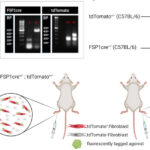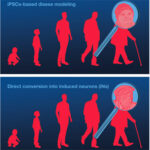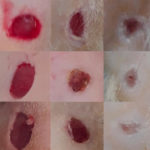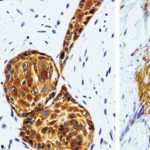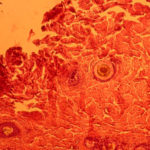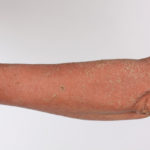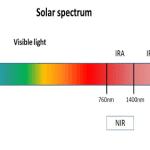Tag Archives:skin
In vivo 2-color multiphoton imaging of genetic reporter fibroblasts in the skin
Reprogramming skin into brain to study aging and age-related brain diseases
3D-printed chitosan scaffolds for the improved in-vivo wound healing in diabetic rats
Expression of mTOR-signalling pathway proteins in skin squamous-cell carcinomas before and after conversion to mTOR-inhibitors
Honey as a tool for tissue engineering
4th World Dermatology Congress. Berlin, Germany. June 19-20, 2019
What response of skin blood flow in hindlimb does electrical stimulation of forelimb induce?
Treating white spots of vitiligo
Skin color is such a critical part of our sense of who we are. Skin color varies from dark brown to pale white. Our skin color defines our “tribe”, that group of people with whom we identify
When your medication backfires and calls in the wolves
Perlecan HS produces TGF-β1 deficiency in mutant skin
Keeping Score: dermoscopy for the diagnosis of melanocytic lesions
Effectiveness of an Internet intervention to decrease young adults’ risk for skin cancer
Every year, almost five million Americans are diagnosed with skin cancer. Though many think of cancer as being an issue for older people, melanoma is the second most diagnosed cancer in adults aged 20-39. This is in

